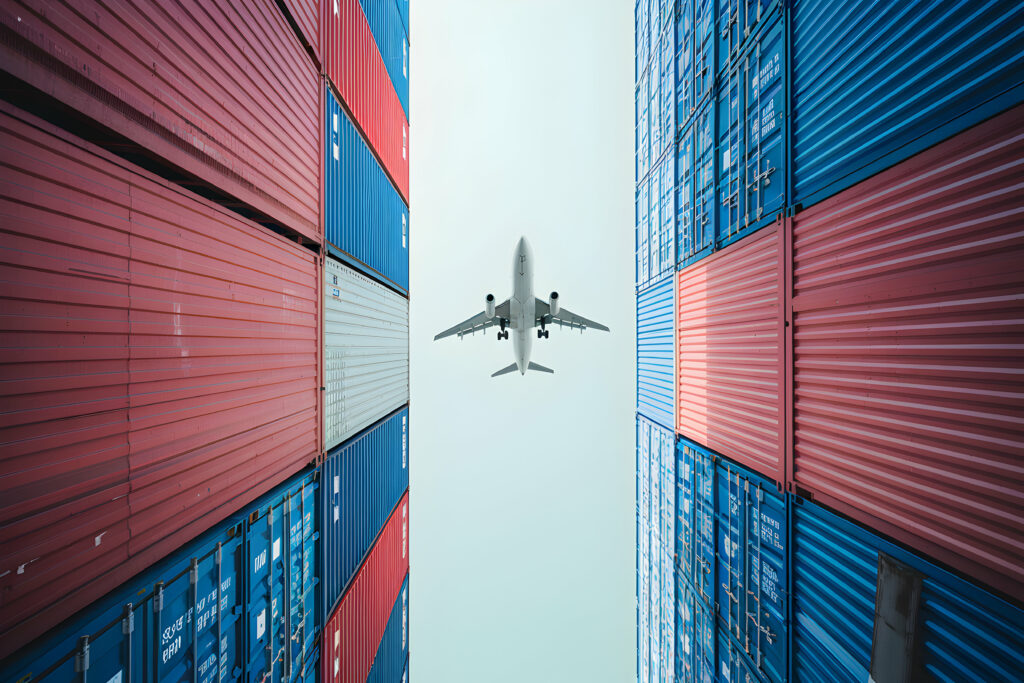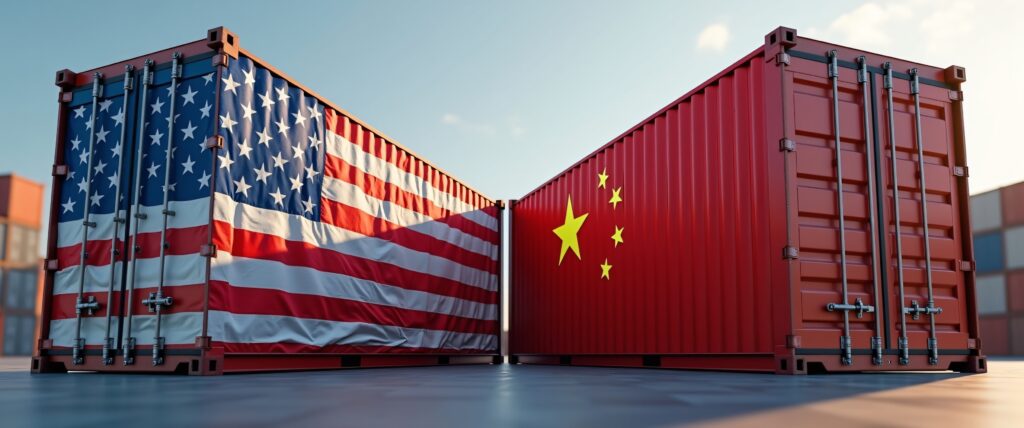Nearshore News: U.S. Secures Asia Trade Wins, Auto Tariff Unease Grows, and Holiday Goods Get Reworked Amid Cost Pressures

New U.S. trade agreements with the Philippines and Indonesia mark a shift toward bilateral deals that offer American exporters tariff-free access while imposing 19% duties on imports. As automakers warn of unequal treatment under a Japan deal, and consumer brands—from toys to handbags—scramble to adjust prices and product designs, the pressure of August’s tariff deadline is being felt across supply chains.
Nearshore News Summary:
- President Trump announced trade agreements with the Philippines and Indonesia that impose a 19% tariff on their exports to the U.S. while allowing American goods to enter both markets tariff-free. (CNN)
- American car companies are warning that Japanese vehicles could now face lower tariffs (15%) than U.S.-branded cars built with parts from Canada or Mexico, which still face 25% duties. (Politico)
- Facing rising costs from tariffs on Chinese imports, U.S. toy makers are cutting back on packaging, accessories, and even removing batteries to stay profitable during the crucial holiday season. (Reuters)
- As tariffs take effect, fashion brands are raising prices—especially on handbags—testing the limits of consumer willingness to spend. (Vogue Business)
Trump announces trade agreement with the Philippines and terms of deal with Indonesia
Published: July 23, 2025
Source: CNN
President Trump announced trade agreements with the Philippines and Indonesia that impose a 19% tariff on their exports to the U.S. while allowing American goods to enter both markets tariff-free. The Philippines is also exploring dropping tariffs on U.S. cars and a broader free trade pact. Meanwhile, Indonesia has agreed to eliminate key non-tariff barriers, including taxes on digital services and export restrictions on critical minerals.
Key points:
- 19% Tariffs on Philippine and Indonesian Exports: Both countries will face 19% tariffs on goods exported to the U.S., while the U.S. will enjoy zero tariffs on its exports to them.
- Philippines May Cut Tariffs on U.S. Cars: President Marcos signaled willingness to eliminate tariffs on U.S. automobiles as part of a broader move toward a free trade agreement.
- Indonesia Removes Non-Tariff Barriers: Indonesia agreed to drop taxes on digital services, eliminate burdensome pre-shipment inspections, and accept U.S. vehicle safety standards.
- U.S. Imports Heavily From Both Nations: In 2024, the U.S. imported $14B in goods from the Philippines and $28B from Indonesia—primarily electronics, apparel, and footwear.
- Part of Broader Tariff Push Ahead of August 1: These deals are part of Trump’s push to finalize trade agreements before his August 1 deadline, after which higher tariffs (up to 50%) are set to take effect.
Trump's 'massive' deal with Japan is giving US automakers heartburn
Published: July 24, 2025
Source: Politico
President Trump’s trade deal with Japan lowers auto tariffs from 25% to 15% for Japanese vehicles and parts—alarming U.S. automakers who now face higher duties on some of their North American-made cars (auto parts from Canada and Mexico still face 25% duties). The deal sets a precedent for similar negotiations with the EU and South Korea, escalating tensions within the global automotive industry.
Key points:
- U.S. Automakers Feel Undercut: American car companies are warning that Japanese vehicles could now face lower tariffs (15%) than U.S.-branded cars built with parts from Canada or Mexico, which still face 25% duties.
- Japan Secures Preferential Terms: Japan’s deal includes a 15% auto tariff and $550 billion in investment into the U.S., putting pressure on other countries to offer similar terms to avoid harsher tariffs.
- Precedent Worries the Industry: The agreement hints at possible tariff reductions for other nations like the EU and South Korea, causing concern among U.S. automakers about more competitive foreign imports.
- Tariffs Already Hurting U.S. Car Giants: General Motors, Stellantis, and Tesla have reported billions in losses or declining profits due to Trump’s tariffs and disrupted supply chains.
- Mixed Reactions in Japan and Abroad: Japanese officials praised the deal’s investment focus, but some criticized the high remaining tariffs. EU and Korean automakers are watching closely, hoping to negotiate similar deals amid rising losses.
Take the battery out: Toy makers rewire designs to weather trade tensions
Published: July 24, 2025
Source: Reuters
Facing rising costs from tariffs on Chinese imports, U.S. toy makers are cutting back on packaging, accessories, and even removing batteries to stay profitable during the crucial holiday season. With 80% of toys sold in the U.S. sourced from China, companies like Hasbro, Mattel, and MGA Entertainment are redesigning products and supply chains to absorb the financial pressure without sacrificing play value.
Key points:
- Design Changes to Cut Costs: Toy makers are simplifying features—removing batteries, reducing accessories, and shrinking packaging—to manage tariff-driven price hikes.
- China Dependence Remains High: About 80% of toys sold in the U.S. are made in China, making tariffs particularly painful for industry giants like Hasbro and Mattel.
- Prices Rise, Value Shrinks: Companies like Popular Playthings are raising prices while trimming features—e.g., reducing a cake toy set’s pieces while charging more.
- Long Lead Times for Change: Redesigning toys takes up to a year, limiting immediate responses and pushing major product overhauls into 2026.
Brands are increasing prices. Will US consumers keep buying?
Published: July 17, 2025
Source: Vogue Business
As tariffs take effect, fashion brands are raising prices—especially on handbags—testing the limits of consumer willingness to spend. Apparel prices rose for the first time since March, and luxury brands have quietly increased prices by up to 12%. With inflation and economic uncertainty mounting, especially ahead of the August 1 tariff deadline, analysts warn that price hikes may drive cautious spending and create deeper divides in the retail sector.
Key points:
- Price Increases Are Rolling Out: Apparel prices rose 0.4% in June, with some handbags from Burberry, Bottega, and Louis Vuitton up between 4% and 12%, according to Vogue Business tracking.
- Tariffs Fuel Upward Pressure: Tariffs—and tariff threats—are pushing brands to raise prices, especially as they face rising supply chain and rush-shipping costs.
- Consumer Caution Is Growing: Analysts warn U.S. consumers will become more selective; brands that overprice may lose volume and market share.
- Luxury Still Has Pricing Power—For Now: Wealthier shoppers may absorb moderate increases (4.5%–9%), but the luxury sector must avoid "greedflation" (excessive price increases) that eroded growth in 2024.
- Adding Value Is Critical: Experts suggest brands justify higher prices with better design, new features, or storytelling to retain trust and justify spending amid tightening wallets.
More blogs


